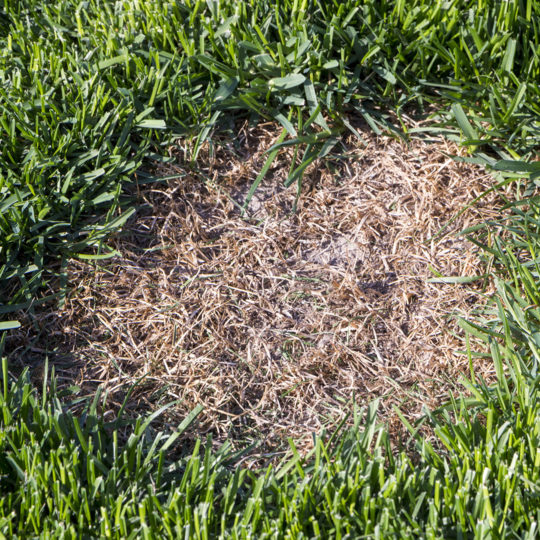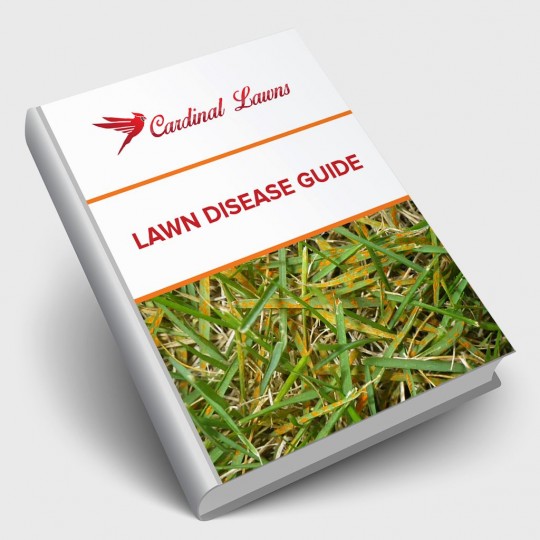What Does This Brown Patch Mean?
Signs of Lawn Disease & Prevention Tips
Posted
March 7, 2019

While there may be patches of white snow on your lawn now, there’s more to be concerned about when it changes to brown patch in the summer. Learn more about this lawn disease and ways to prevent it from happening.
What is Brown Patch
Brown patch is one of the most destructive of all lawn diseases. Caused by a fungus, it can survive the winter nestled in plant debris. But it’s most active in hot, humid conditions. Brown patch can go undetected for a while, and then bam! When the weather is just right, it can practically destroy your lawn overnight. While it targets a wide variety of grass types, it loves lawns with the most nitrogen-rich fertilizer.
The first signs of brown patch appear as circular areas of dead grass surrounded by a narrow, dark ring. This ring is easier to see in the early morning when there’s dew on the grass. The disease grows out from a central point, so these patchy areas can quickly expand from a few inches in diameter to several feet.
Preventing Brown Patch Lawn Disease
While you can’t control the temperature or humidity of your lawn—yet—you can control other factors to help prevent brown patch from spreading.
- Remember how much brown patch loves fertilizer? Be careful about what kind you use in the summer.
- Mow less in hot and humid weather. This reduces stress on the grass and limits the chance of disease being carried on your feet or mower.
- Increase light and air penetration by pruning overhanging trees and shrubs.
- Aerate your lawn in the cooler seasons to open up the thatch layer.
- Apply a preventative fungicide lawn treatment.
Lawn Treatment Experts
If any of the preventative methods above don’t work, contact Cardinal Lawns to learn more about your options. No matter what season, there’s always something you can do to help your lawn grow healthy and strong.

Download Your FREE Lawn Disease Guide
Even the most manicured landscapes are susceptible to lawn disease. Take some time to learn about identification and removal before one takes over your lawn. This handy guide teaches you how to spot common lawn diseases as well as how to properly treat them.